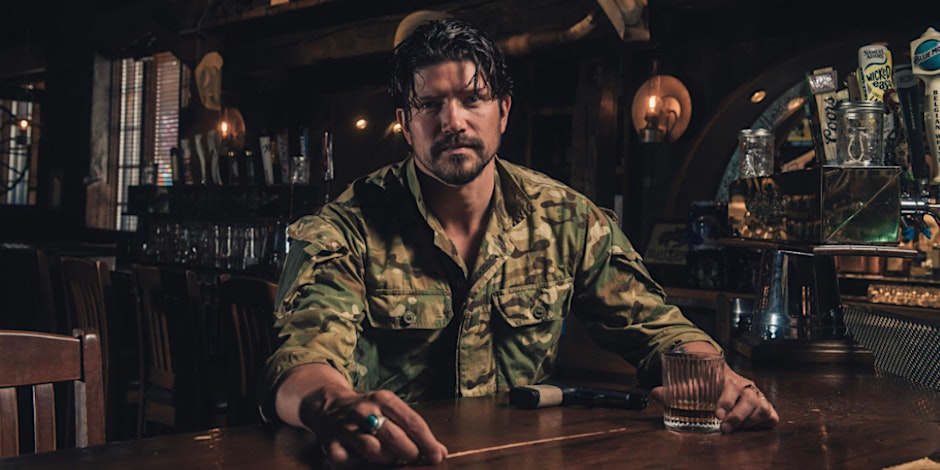Finnish composer Jean Sibelius, née Johan Julius Christian Sibelius, was born on December 8th, 1865 in Hämeenlinna (Swedish: Tavastehus) in the Grand Duchy of Finland, an autonomous part of the Russian Empire. He was the son of the Swedish-speaking medical doctor Christian Gustaf Sibelius and Maria Charlotta Sibelius (née Borg).
His father passed away when Sibelius was young so his family moved into the home of his maternal grandmother. Sibelius’ uncle, Pehr Ferdinand Sibelius, who was interested in music, gave the boy a violin when he was ten years old and later encouraged him to maintain his interest in composition.
Sibelius spent many of his childhood summers wandering around the countryside. His strong love of nature shines through in many of his compositions. His family moved to Loviisa on the coast for the summer months. In his own words: “For me, Loviisa represented sun and happiness. Hämeenlinna was where I went to school; Loviisa was freedom.”
After graduating from high school in 1885, Sibelius began to study law at the Imperial Alexander University in Finland but, showing far more interest in music, soon moved to the Helsinki Music Institute (now the Sibelius Academy) where he studied from 1885 to 1889.
Initially, Sibelius wanted to be a violinist,
My tragedy was that I wanted to be a celebrated violinist at any price. Since the age of 15 I played my violin practically from morning to night. I hated pen and ink—unfortunately I preferred an elegant violin bow. My love for the violin lasted quite long and it was a very painful awakening when I had to admit that I had begun my training for the exacting career of a virtuoso too late.
He came to realize that his strengths lay in composition. One of his teachers, Martin Wegelius, gave the self-taught Sibelius his first formal lessons in composition. Sibelius continued his studies in Berlin (from 1889 to 1890) with Albert Becker, and in Vienna (from 1890 to 1891) with Robert Fuchs and the Hungarian-Jewish Karl Goldmark. In Berlin, he had the opportunity to widen his musical experience by going to a variety of concerts and operas, including the premiere of Richard Strauss’s Don Juan.
While Sibelius was studying music in Helsinki in the autumn of 1888, Armas Järnefelt, a friend from the Music Institute, invited him to the family home. There he met and immediately fell in love with Aino, the 17-year-old daughter of General Alexander Järnefelt, the governor of Vaasa, and Elisabeth Clodt von Jürgensburg, a Baltic aristocrat.
When Sibelius completed his studies, he married Aisno in June 1892 at Maxmo. They spent their honeymoon in Karelia, the home of the Kalevala. It served as an inspiration for Sibelius’s tone poem En saga, the Lemminkäinen legends and the Karelia Suite. Their home, Ainola, was completed on Lake Tuusula, Järvenpää, in 1903. During the years at Ainola, they had six daughters: Eva, Ruth, Kirsti (who died aged one from typhoid), Katarina, Margareta and Heidi.
He began premiering his orchestral works in 1892 with Kullervo. It was described by Juho Ranta who sang in the choir as, “Finnish music.” Thus began a long career of creating works that encapsulated Finnish music.
On the evening of 20 September 1957, Sibelius died of a brain haemorrhage at the age of 91. At the time of his death, his Fifth Symphony, conducted by Sir Malcolm Sargent, was being broadcast by radio from Helsinki. At the same time, the United Nations General Assembly was in session, and the then President of the Assembly, Sir Leslie Munro of New Zealand, called for a moment of silence and delivered a eulogy: “Sibelius belonged to the whole world. He enriched the life of the entire human race with his music”. Sibelius was honoured with a state funeral and is buried in the garden at Ainola.












